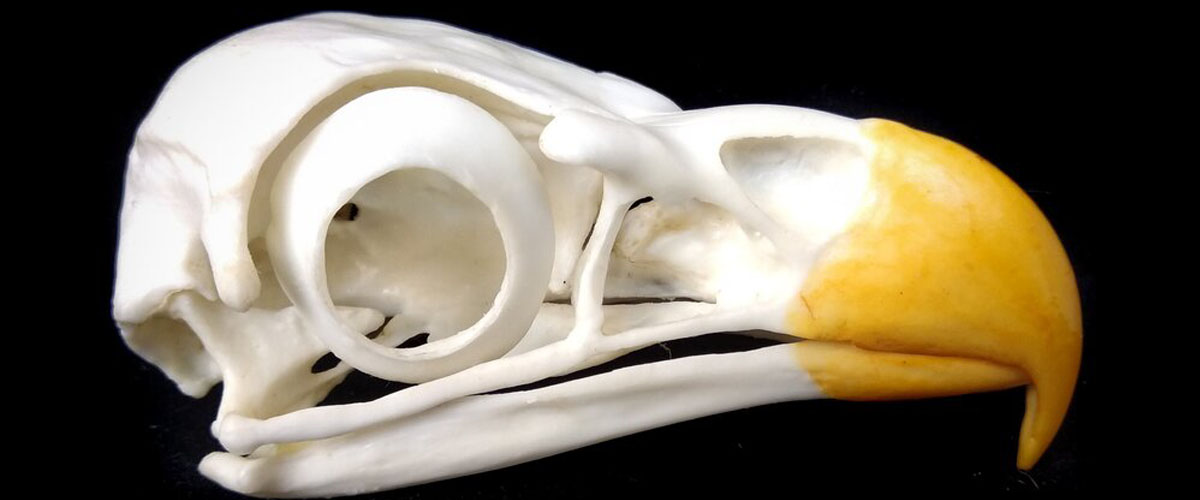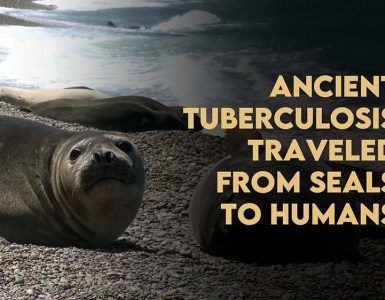There are different hypotheses, explaining patterns of dinosaur survivorship during the mass extinction period, and many scientists believe that it has to do with different aspects of their neuroanatomy and dietary ecology. Research on a newly discovered bird fossil found that a unique brain shape may be why the ancestors of living birds survived the mass extinction that claimed all other known dinosaurs. The findings are reported in Science Advances.
This well-preserved 70 million years old skull of gull-like Ichthyornis – an extinct relative of modern bird shows that it lacked key features of today’s bird’s brain. This may give a clue on how the ancestors of today’s birds battered the mass extinction that killed entire dinosaurs. To understand the evolution of a bird’s brain,with the help of CT-imaging data, Torres and the team used the skull of Ichthyornis as a mold to create a three-dimensional replica of its brain – ‘endocast’ brain. That endocast of Ichthyornisin skullwas then comparedwith dozens of other living birds and found that expanded forebrains discovered among living birds helped them adapt to a rapidly changing world
“Living birds have brains more complex than any known animals except mammals,” said lead investigator Christopher Torres, who conducted the research while earning a Ph.D. from the UT College of Natural Sciences and is now a National Science Foundation postdoctoral fellow at Ohio University and research associate at the UT Jackson School of Geosciences. “This new fossil finally lets us test the idea that those brains played a major role in their survival.”
Today’s birds have a very complex brain function are some of those attributes are because of their unique survivorship, but not much is known about the early birds while explaining the reason Torres explained, the process of fossilization is “unimaginably brutal, and the few skulls that withstand it tends to wind up flattened and difficult to decipher”. But this skull of Ichthyornis was surprisingly well preserved.
Ichthyornis has a blend of avian and non-avian dinosaur-like characteristics — including jaws full of teeth but tipped with a beak. The intact skull lets Torres and his collaborators get a closer look at the brain. It was discovered that this bird’s brain had more similarities with the non-avian dinosaurs than with the present-day birds. Particularly, the cerebral hemisphere (that controls speech, thoughts, and emotions in humans) of today’s bird was much bigger thanIchthyornis. That could have helped them surviving mass extinction.
In Torres’s words, “If a feature of the brain affected survivorship, we would expect it to be present in the survivors but absent in the casualties, like Ichthyornis. That’s exactly what we see here.”
Julia Clarke, a professor at the UT Jackson School of Geosciences and co-author of this study said, “Ichthyornis is key to unraveling that mystery. This fossil helps bring us much closer to answering some persistent questions concerning living birds and their survivorship among dinosaurs.”
More studies are to be done on the cerebrum of the living bird to understand its relationship among different species.
















Add comment